Despite pledges made at the climate summit COP26, the world is still nowhere near its goals on limiting global temperature rise, as reported by BBC News and the Prime Minister calls on nations to pull out the stops.
We know climate change has to be a global effort, but there are ways we can all do our bit to make our home address more environmentally friendly.
In this blog we discuss a number of ways to make your address more green, with special insights from some of the UK’s leading eco-friendly bloggers and influencers. Carry on reading to find out more.
1. Install solar panels
Solar energy is a great way to reduce your carbon footprint. In fact, installing solar panels can reduce your carbon emissions by 80%2. Albeit a sometimes costly measure, the end results are worth paying the price for. Lowering your electricity bill and improving the value of your home are just some of the associated benefits3.
When it comes to powering your home with solar energy, it’s important to plan ahead. We turned to Eco Tech Daily, which provides inspiration for a brighter future. They recently featured a blog on their website about how to plan a home solar electric system4. One of the key parts of the planning stage is to determine your home’s energy efficiency. Taking time to figure out your total electricity usage will in turn help you determine whether you need a home solar energy system. Conducting research is equally important, as only the best will do when it comes to this job.
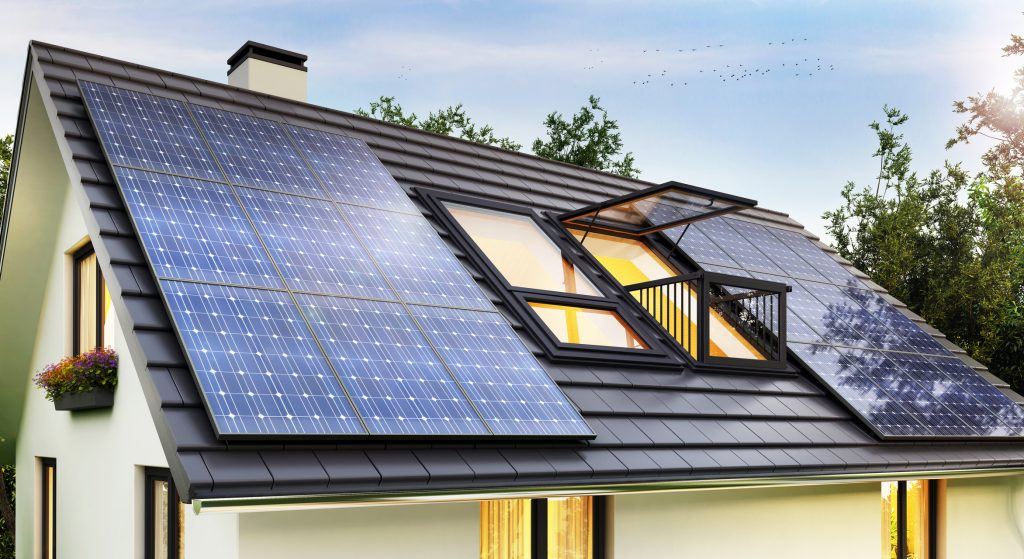
2. Insulate your home
Next on the list of eco-friendly things you can do at your address is to insulate your home. Without cavity wall insulation, your home can lose as much as 35% of its heat according to The GreenAge5. Therefore, it’s certainly a worthwhile investment on the road to becoming more green. Many houses since the late 1930s were built with a cavity between the inner and outer wall. Whist some builders began insulating the cavities in the late 1970s, it didn’t become mandatory under building regulations until the 1990s. And so, many properties in the UK remain with unfilled cavity walls.
When checking out the Green Abode blog, we discovered that this is very much a reality for some owners of Victorian houses6. An article featured on their website reveals that whilst the vast majority of period properties don’t have cavity walls, many thousands of Victorian ones actually do. However, it is important to note that some of these wall cavities are so narrow that filling them with insulation might cause damp. You should seek professional advice before proceeding.
A handy way to find out if your home has a cavity wall is to take a look at the brickwork pattern. Where the bricks are all the same size, this is a likely indicator of cavities being present. On the other hand, a solid brick wall is usually identifiable by a mixed pattern of both long and short bricks. In this case, cavity wall insulation is out of the question, but you can look into internal and external insulation solutions.
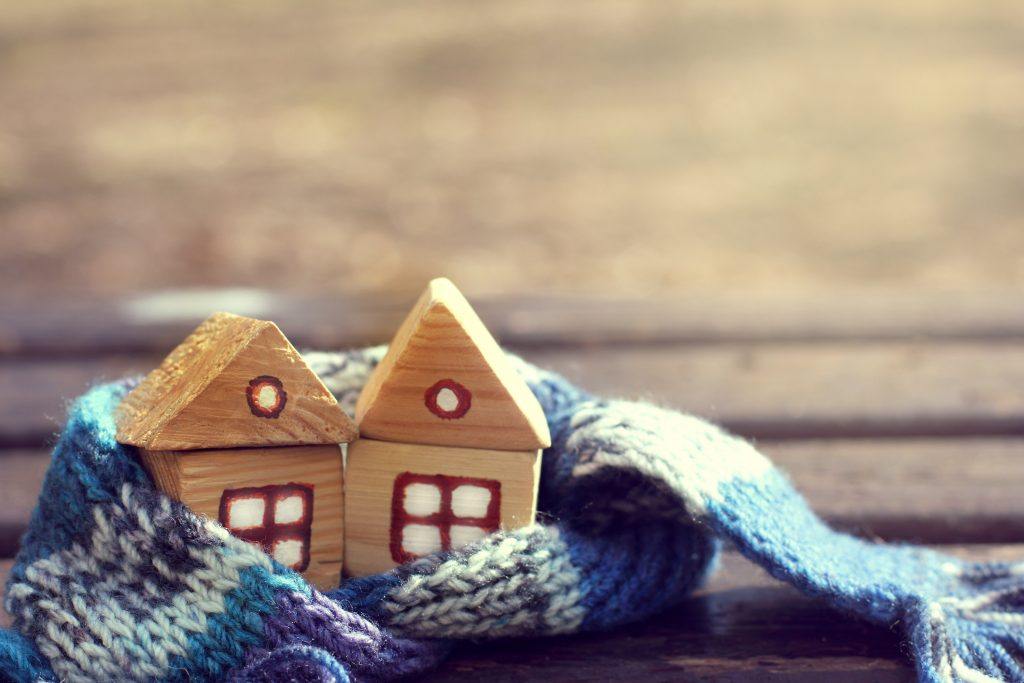
3. Use eco-friendly cleaning products
Becoming more green doesn’t have to cost the earth. In fact, there are plenty of cost-effective measures that will still help you do your bit for the environment. For example, paying attention to the cleaning products you use, as certain ones contain toxic chemicals that are not only harmful to plants but also humans and animals.
If you’re looking for inspiration on how to step away from those abrasive sprays and liquids, look no further than Wendy Graham’s Moral Fibres7. This blog covers everything from advice on lifestyle, food, drink, travel, as well as home and garden. There’s a whole section on ethical cleaning, containing some great recipes on how to make your own cleaning sprays using environmentally friendly ingredients, such as citric acid and vinegar.
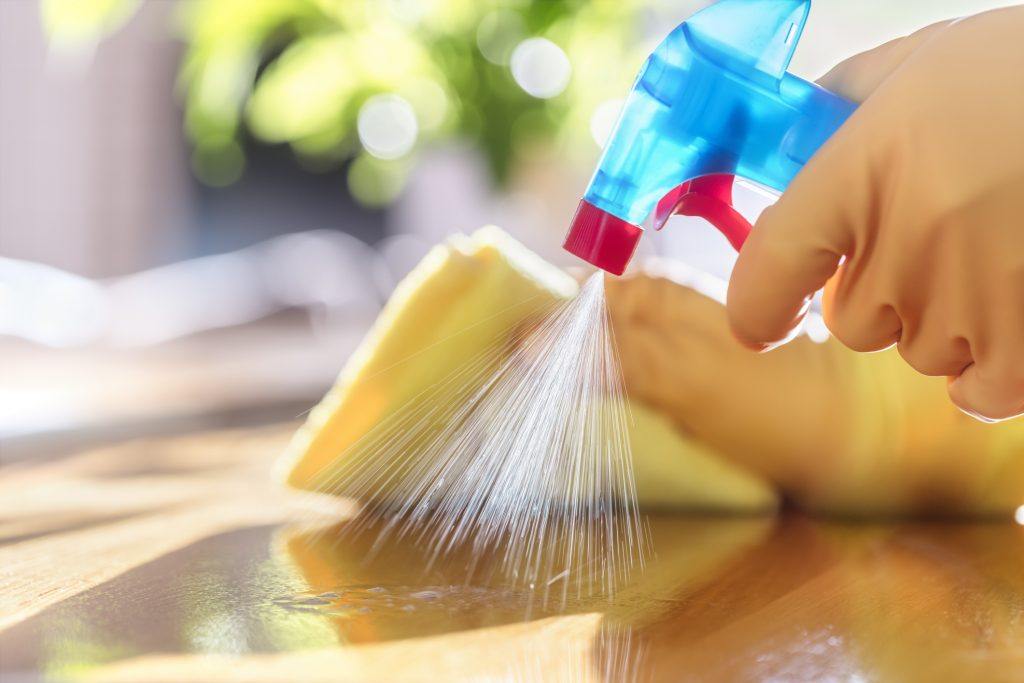
4. Try to cut out plastic
Going plastic-free is one of the more obvious eco-friendly things to do at your address, however, it’s also a harder one. Plastic products take up a lot of space in our homes; kitchens and bathrooms tend to be the main culprits, meaning eradicating all of your plastic is not exactly a simple, overnight task.
According to Besma Whayeb of Curious Conscious, there are five trillion pieces of plastic in the ocean, and millions more on land8. Retrieving and recycling all of it would require a lot of work. However, by altering our habits we can prove to large companies that we don’t need all of this surplus plastic. To help you do so, Besma has listed 40 plastic-free swaps you can make at home, such as switching from milk in plastic cartons to glass bottles. Also, avoid using straws and disposable cutlery.
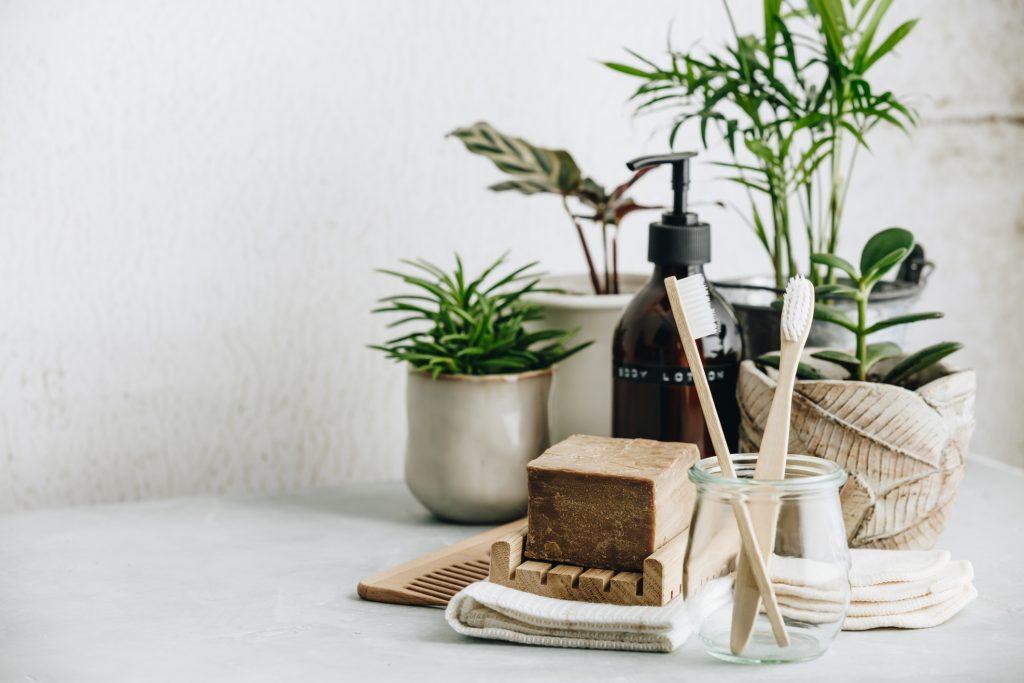
5. Reduce water waste
Most of us are guilty of wasting water from time to time; leaving the tap running whilst we brush our teeth, staying in the shower longer than necessary, and overfilling the kettle, to name a few examples. Apparently, the average person in the UK uses 150 litres of water per day9. However, only a tiny amount of the Earth’s supply of water is drinkable and accessible. Over 90% of the water on Earth is saltwater, and the remaining 10% is locked away in glaciers, or on mountain tops. Whilst water is replenishable, if we consume too much before it is replenished, then we will be in trouble10.
The Eden Project, based in Cornwall, is known for its environmental transformation work. Their website contains lots of helpful tips on eco-friendly things you can do at your address. They have some great tips for reducing water waste too; invest in water-efficient goods, fix dripping taps, and take shorter showers, for example. In doing so, you’ll reduce your energy consumption and thus save money11.
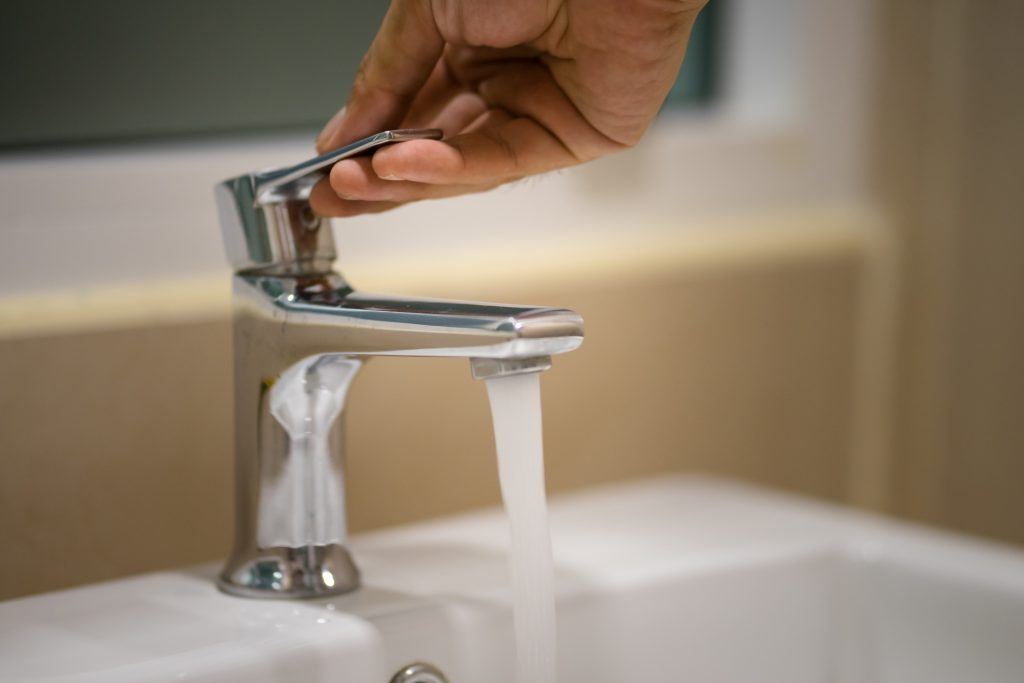
6. Recycle everything
Last, but equally as important as the other eco-friendly measures in this blog, is to recycle. Recycling is vitally important to preserving the planet’s precious natural resources, which won’t last forever in the face of population growth and growing demand12. In addition to saving energy, recycling reduces the amount of waste sent to landfill sites, whilst creating new jobs at recycling plants and in associated industries.
An example of this is by recycling your clothes. In an age where fast fashion is an evergrowing issue, delving into your wardrobe and rewearing items of clothing will help reduce waste, as well as being more cost-friendly in the long run.
If you’re looking to up your game in caring for the environment, then Forge Recycling’s blog is a must read. They have an entire section dedicated to recycling, with articles covering the various aspects. For example, how to reuse and recycle board games, what items can and can’t be recycled, as well as how to recycle your mail. It’s the perfect point of reference for making your home extra green.
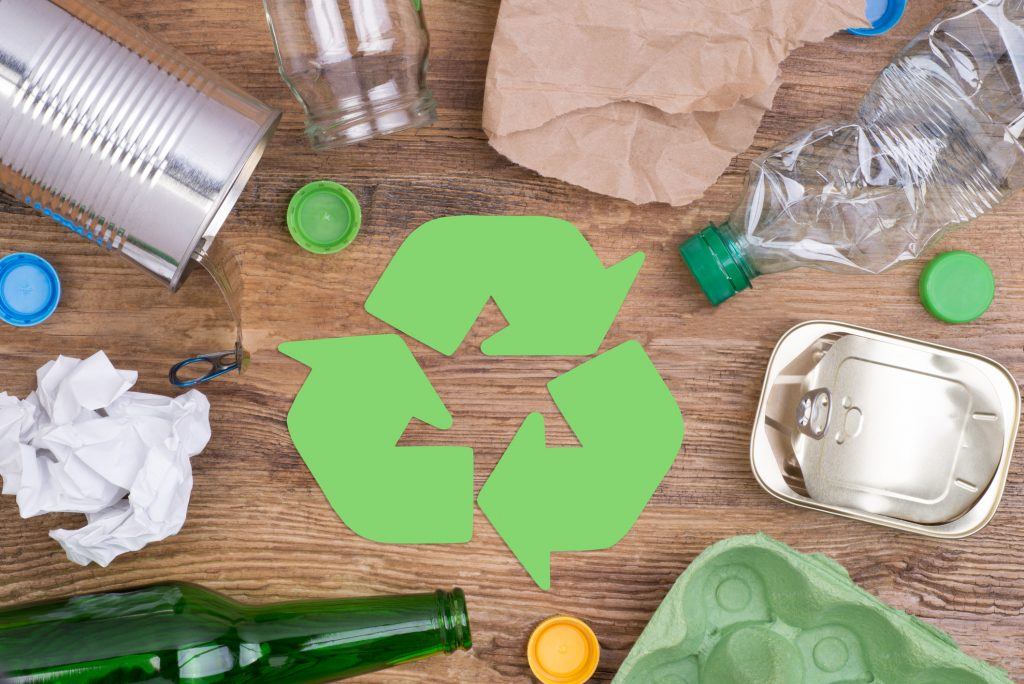
We hope you’ve enjoyed our blog on eco-friendly things you can do at your address. This is a subject that is very important to Hopewiser, having implemented various green facilities in our office over the years, such as solar panels, LED lighting, and reducing single-use plastics.
Sources
2 How Much Do Solar Panels Reduce Carbon Footprint? (Tonik Energy 20th November 2019)
3 The pros and cons of solar energy (EnergySage 9th October 2019)
4 How to Plan a Home Solar Electric System (Eco Tech Daily 24th May 2020)
5 Cavity Wall Insulation (The GreenAge 6th August 2020)
6 Victorian House and Cavity Wall Insulation – An Impossible Situation? (Green Abode 6th August 2020)
7 A Plastic-Free Cleaning Hack (No Vinegar Required!) (Moral Fibres 2nd April 2019)
8 40 Easy Plastic-Free Swaps (Curiously Conscious 30th January 2020)
9 Waste less water (National Trust 10th August 2020)
10 The UK Is Wasting Billions Of Litres Of Clean Drinking Water Every Day (Maintain Drains 27th August 2019)
11 Water saving tips (Eden Project 10th August 2020)
12 Why is Recycling Important? (Recycling Bins 24th January 2020)
, updated 15th February 2023.
Topic: EnvironmentInfluencers



